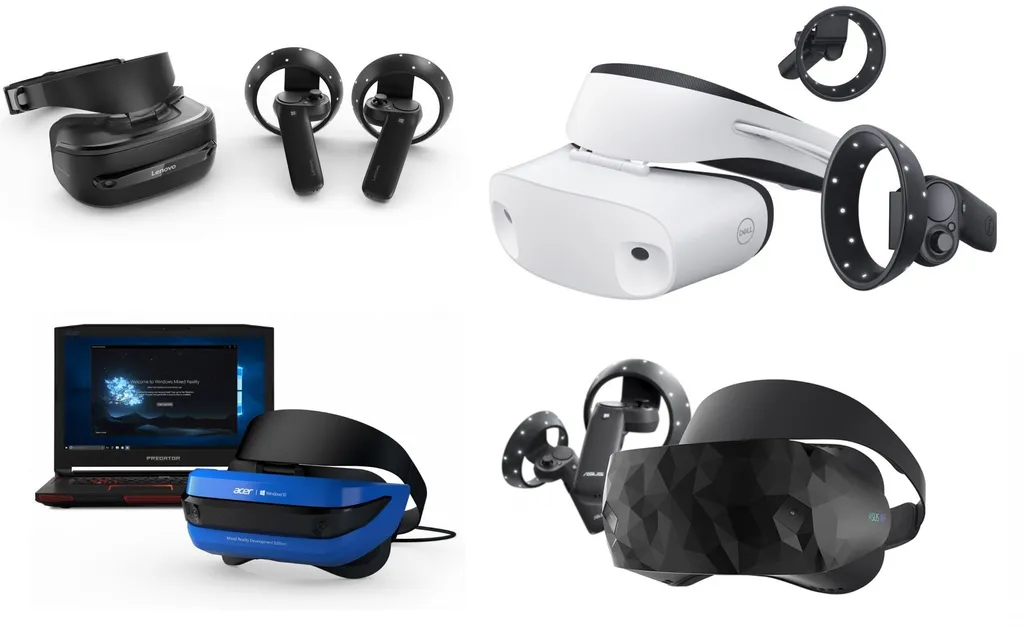When they were first announced just under a year ago, Microsoft’s Windows-based VR headsets promised a potential disruption to the young VR market. While the Oculus Rift asked for around $600 and the HTC Vive wanted around $800 for high-end systems that used external tracking solutions, Microsoft was promising devices starting at $300 that had inside-out tracking. At the time it seemed too good to be true.
But a lot can happen in a year, or even within a month. Over the summer, the Rift has been priced at an astonishing $400, and the Vive c0st came down to $600. The $300 entry point for Microsoft’s headsets (which doesn’t include its $100 motion controllers) no longer seems that dramatic, and the all-in starting price of $900 isn’t much less than a similar setup for the Rift. What’s more, that’s for PCs that will only be able to run VR at 60fps and not the 90fps standard Oculus and others set.
Dell and Asus have more expensive devices. Dell’s costs around $350 standalone and $450 with the new controllers. Asus, meanwhile has priced its bundle at around 450 euro with a US price still to come.
Given that the Rift’s new permanent price is around $500, there’s only a $50 difference between the more expensive Windows headsets and the proven Rift platform, and Oculus piles on freebies such as Lucky’s Tale and Robo Recall with every purchase of its kit. We don’t know what plans Microsoft has for free content yet, but it’d be a good way to boost the value fast.
Either way, one of Microsoft’s biggest selling points for its VR headsets has been significantly diminished over the past few weeks. While we’ve been waiting to stress test the limits of its tracking technology the tried and true existing headsets have become much more commercially viable. But Windows VR isn’t without its redeeming features.
If the inside-out tracking measures up to be at least comparable to Rift and Vive then that’s a huge plus. Having to place external markers around your room is far from ideal even for VR enthusiasts; I’ve had Vive base stations on tripods and Oculus sensors on desks and none of it is perfect. The idea of getting rid of all of that and having reliable tracking in the headset alone would seem like a godsend at this point.
We also have to consider the potential for exclusive content, as unpopular a subject as it is within VR. It’s quite possible that Microsoft’s headsets will be the only place to experience the Halo VR app announced earlier this week. That might be enough to offset a catch-up period in which developers work to bring pre-existing content over to these devices.
Ultimately, I still think Microsoft has a lot to prove with these devices. $400 for a headset and controllers is still a lot of money, and Rift and Vive can be considered state of the art VR systems, while the jury is still out on these new devices. A $200 Acer headset with a $300 controller bundled would have felt like a true challenge to the PC VR throne, but as it stands I’m not convinced Microsoft’s effort is going to bring many more users into the VR ecosystem.






























